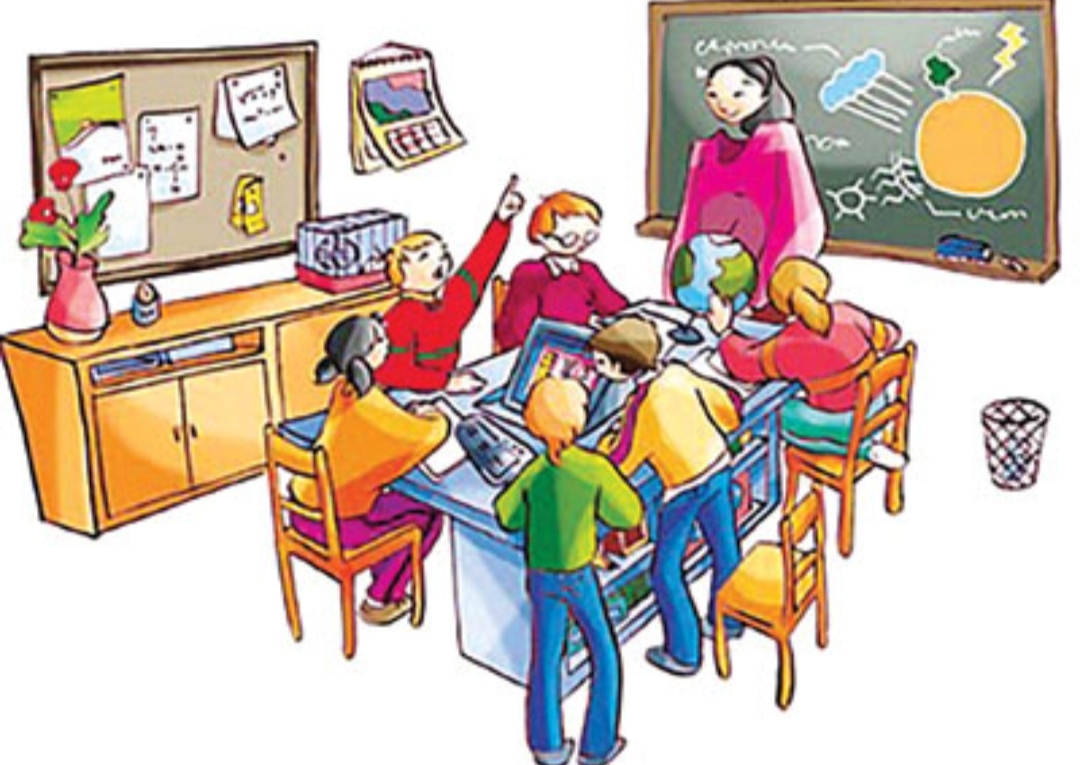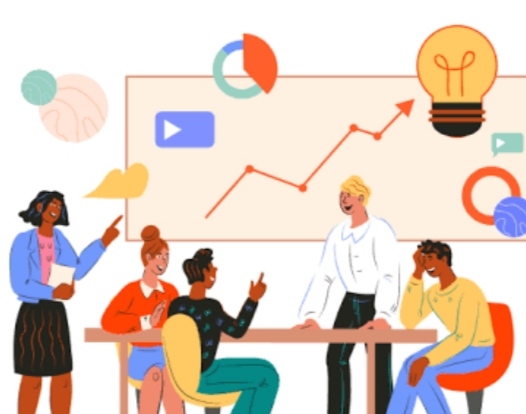What is interactive learning?
Interactive learning is a technique that seeks to get students actively engaged in the learning process, often through the use of technology. This is in contrast to more passive techniques like the traditional lecture.
While the technological part of interactive learning can be intimidating to some, it is important to remember that technology exists to support pedagogy, not the other way around. With that in mind, instructors should evaluate educational technology with an eye toward tools that open up exciting possibilities for their lessons and enhance learning for their students. Anything else should be left by the wayside.
Enhanced lecture
This is a broad category that encompasses a range of interactive learning strategies in the classroom. At its simplest, an enhanced lecture can look very similar to a traditional lecture, only with the support of interactive learning tools that allow instructors to ask students frequent questions throughout.
These tools, including response technology like TurningPoint, allow instructors to poll their classes frequently, receive immediate feedback and even facilitate small group discussions. Instructors can also quickly evaluate comprehension and modify lessons on-the-fly to allow more time for concepts that students are finding more difficult to understand.
Flipped classroom
The flipped classroom model gives students first-exposure learning prior to class. Contrary to what many people think, recording lectures for students to watch at home is not the only way to implement flipped learning. The important part is that there is guided learning outside of class –through a videoed lecture, a reading assignment, or some other method. That guidance can exist as an outline of learning objectives or even interactive homework questions to be completed prior to class. All of this pre-class work allows for students to focus their in-class time on higher-level cognitive activities and hands-on exercises.
Flipped classroom
The flipped classroom model gives students first-exposure learning prior to class. Contrary to what many people think, recording lectures for students to watch at home is not the only way to implement flipped learning. The important part is that there is guided learning outside of class –through a videoed lecture, a reading assignment, or some other method. That guidance can exist as an outline of learning objectives or even interactive homework questions to be completed prior to class. All of this pre-class work allows for students to focus their in-class time on higher-level cognitive activities and hands-on exercises.




